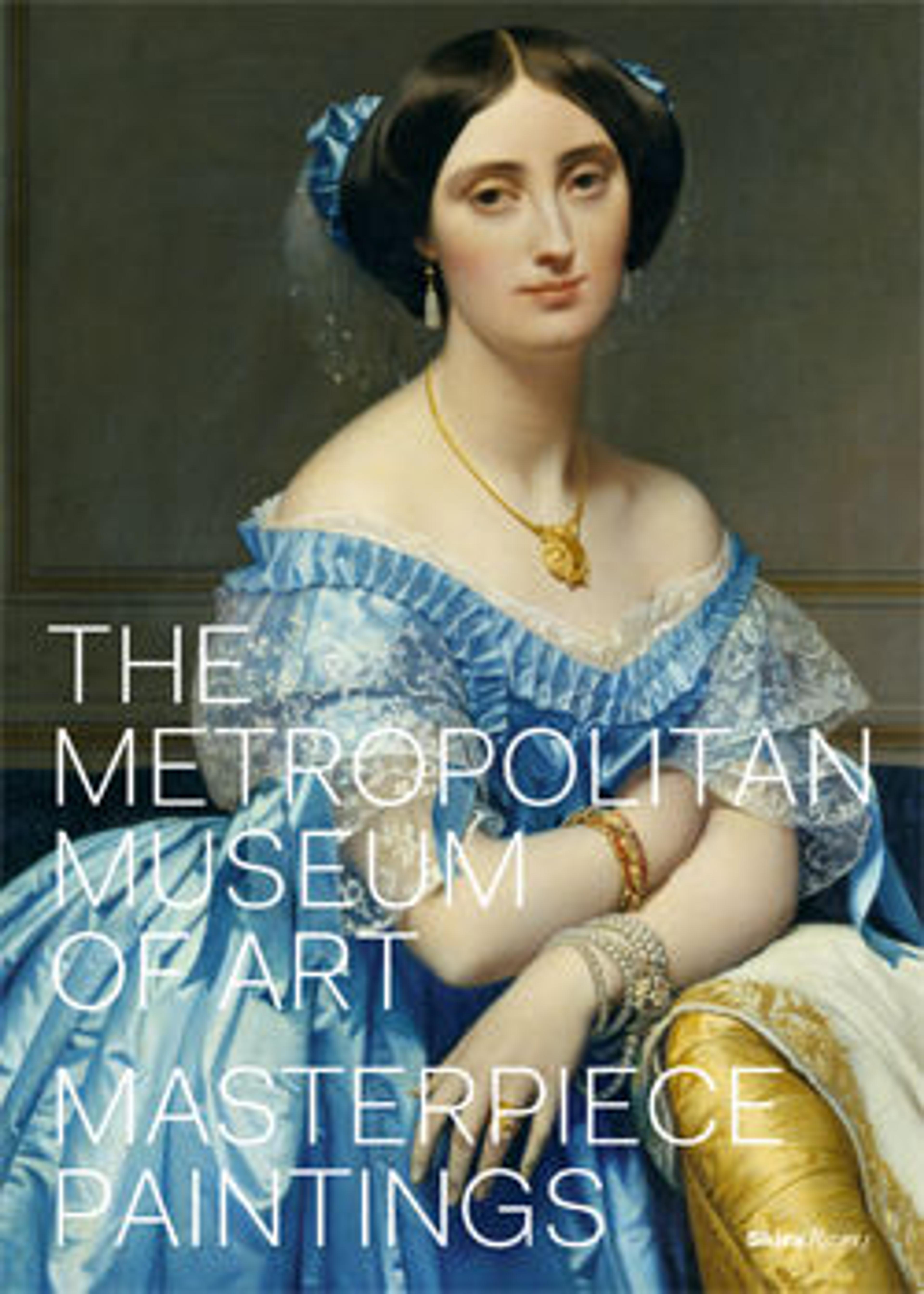The Lovers
The artist Riza‑yi 'Abbasi revolutionized Persian painting and drawing with his inventive use of calligraphic line and unusual palette. He painted The Lovers toward the end of a long, successful career at the Safavid court. The subject of a couple entwined reflects a newly relaxed attitude to sensuality introduced in the reign of Shah Safi (r. 1629–42). Here the figures are inextricably bound together, merged volumes confined within one outline.
Artwork Details
- Title:The Lovers
- Artist:Painting by Riza-yi 'Abbasi (Iranian, ca. 1565–d. 1635)
- Date:dated 1039 AH/1630 CE
- Geography:Attributed to Iran, Isfahan
- Medium:Opaque watercolor, ink, and gold on paper
- Dimensions:Painting: H. 6 7/8 in. (17.5 cm)
W. 4 3/8 in. (11.1 cm)
Page: H. 7 1/2 in. (19.1 cm)
W. 4 15/16 in. (12.5 cm)
Mat: H. 19 1/4 in. (48.9 cm)
W. 14 1/4 in. (36.2 cm) - Classification:Codices
- Credit Line:Purchase, Francis M. Weld Gift, 1950
- Object Number:50.164
- Curatorial Department: Islamic Art
More Artwork
Research Resources
The Met provides unparalleled resources for research and welcomes an international community of students and scholars. The Met's Open Access API is where creators and researchers can connect to the The Met collection. Open Access data and public domain images are available for unrestricted commercial and noncommercial use without permission or fee.
To request images under copyright and other restrictions, please use this Image Request form.
Feedback
We continue to research and examine historical and cultural context for objects in The Met collection. If you have comments or questions about this object record, please contact us using the form below. The Museum looks forward to receiving your comments.
